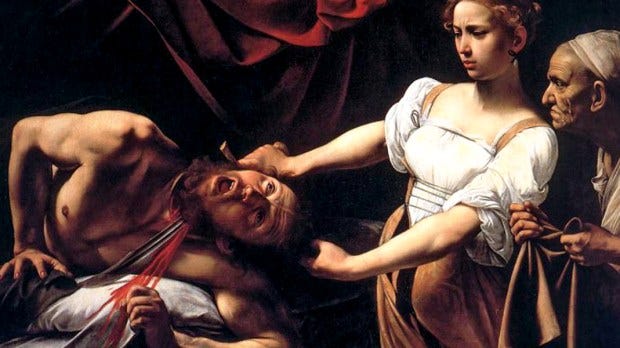Unraveling Rome's Mysterious Cathedrals: Artistic Insight or Hidden Agenda?
Written on
Chapter 1: Exploring the Shadows of Rome's Sacred Structures
In the heart of the eternal city, where history intertwines seamlessly, an observant visitor may discern an unusual feature embedded within the stones of Rome's ancient Catholic edifices. Beyond the breathtaking frescoes and imposing statues, there lies an undercurrent that subtly challenges traditional beliefs. This observation prompts a compelling inquiry: Do these seemingly sinful portrayals within Rome's venerable Catholic structures suggest a conspiracy lurking in plain sight, or is there a more profound artistic narrative yearning to be revealed?
As you wander through the intricate streets of Rome, your attention is inevitably drawn to the splendor of its historic cathedrals and churches. These architectural marvels have long stood as symbols of faith, evoking admiration and reverence among the faithful. Yet, for those who look closely, an intriguing dichotomy lies just beneath the surface.
Inside these sacred spaces, vivid illustrations of sin often stand in stark contrast to fragile representations of virtue. This raises an essential question: Is this a deliberate subversion of established religious values, or could there be alternative interpretations for these enigmatic portrayals?
Some contend that these contrasting images signify a concealed narrative, a subtle commentary on the vulnerability of virtue and the allure of sin. They suggest that these architectural peculiarities may serve as a form of artistic dissent, challenging the dominant ideologies of their era.
However, skepticism arises as not everyone is convinced of a hidden conspiracy. Many art historians and experts argue that these portrayals might primarily reflect artistic expression and interpretation. The Renaissance, for example, was characterized by a deep interest in human nature, leading artists to delve into the complexities of human experience. Viewed through this lens, these scenes could be seen as mirrors of the intricate duality of human existence, inviting contemplation.
Still, it is undeniable that the contrast of sin and virtue within the sacred spaces of these ancient structures has profoundly impacted both visitors and scholars. It ignites discussions, fosters debate, and prompts us to reevaluate traditional narratives surrounding faith and morality.
Rome's mysterious cathedrals serve as powerful reminders of art's timeless ability to captivate, challenge, and inspire. Whether interpreted as elements of a grand conspiracy or as reflections of artistic exploration, one truth remains: they continue to intrigue and motivate all who enter their revered spaces.
Section 1.2: Art or Agenda?
The ongoing debate regarding whether these depictions are intentional subversions or mere artistic expression illustrates the complexity of interpreting historical art. Each viewpoint offers valuable insights into the interplay between culture and creativity.
Chapter 2: The Secrets Beneath the Surface
The first video titled "Unveiling The Enigmatic Secrets Of Rome's Underground Pagan Basilica!" explores the hidden layers of Rome's religious architecture, revealing intriguing insights into its historical context and artistic significance.
The second video, "10 Creepiest Things Hidden In The Vatican!" delves into the mysterious and often unsettling elements concealed within one of the world's most iconic religious sites, providing a thrilling perspective on the Vatican's secrets.
